
Innovate the Pixar Way
Business Lessons from the World's Most Creative Corporate Playground
Recommendation
Despite a blue-sky tone, this book offers a fascinating window into the singular culture of Pixar, the world’s foremost animation studio. Management consultants Bill Capodagli and Lynn Jackson balance their accounts of technological advances, cutthroat corporate politics and astonishing profits with descriptions of Pixar’s arcane approach to strategy and human resources. The tale of how Pixar’s leaders exercise their determination to run the shop their own way – while standing up to interference from Disney, their corporate parent – injects narrative drama into this straightforward presentation of Pixar’s in-house philosophy. Its leaders’ willingness to accept failure, and their faith in their own judgment about products and people, prove inspiring. The lessons offered at the end of each chapter err toward the simplistic and don’t usually demonstrate how conventional businesses might apply Pixar’s methods. Instead, the authors mostly leave extrapolation of Pixar’s business teachings to the reader. A lengthy index citing other companies that thrive under a “fun” matrix helps make up for that shortcoming. getAbstract finds that those examples, plus revealing quotes from Pixar executives, will enable readers to emulate Pixar’s strategy as they enjoy this inside-the-theatre corporate profile.
Summary
About the Authors
Bill Capodagli and Lynn Jackson of Capodagli Jackson Consulting also wrote The Disney Way.










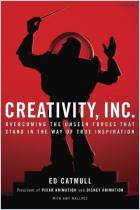
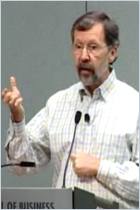
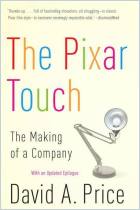
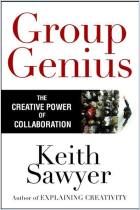

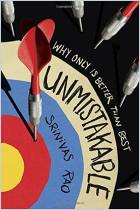











Comment on this summary or Начать обсуждение